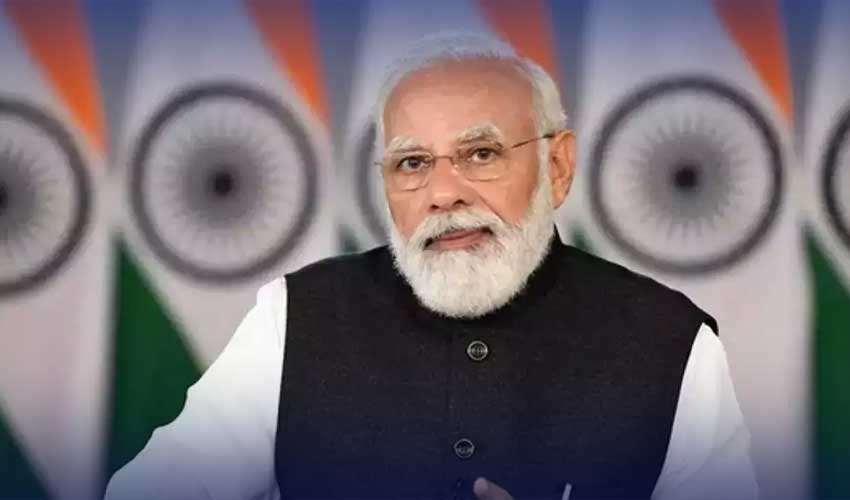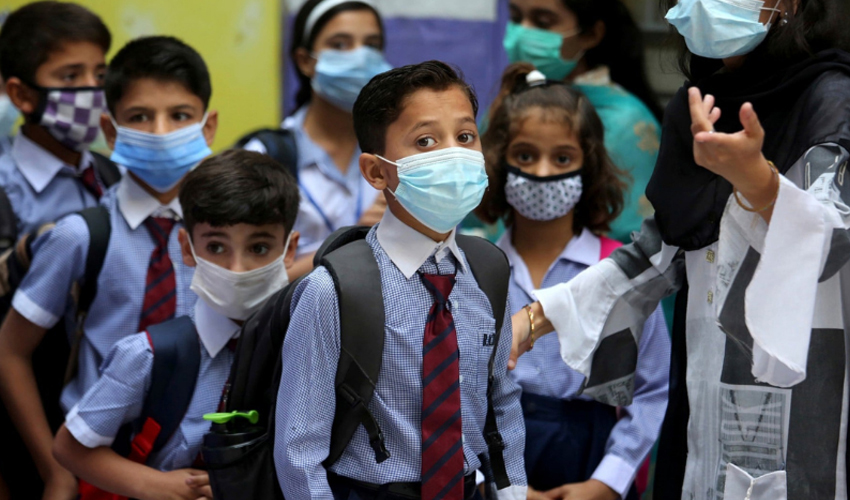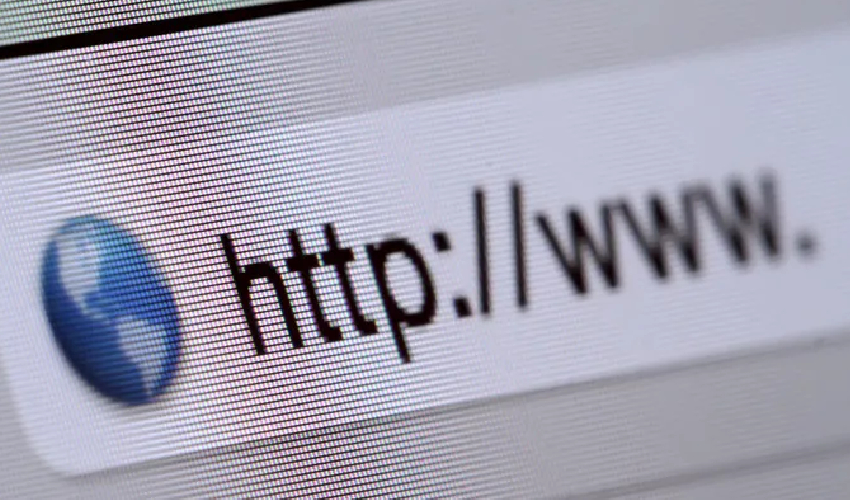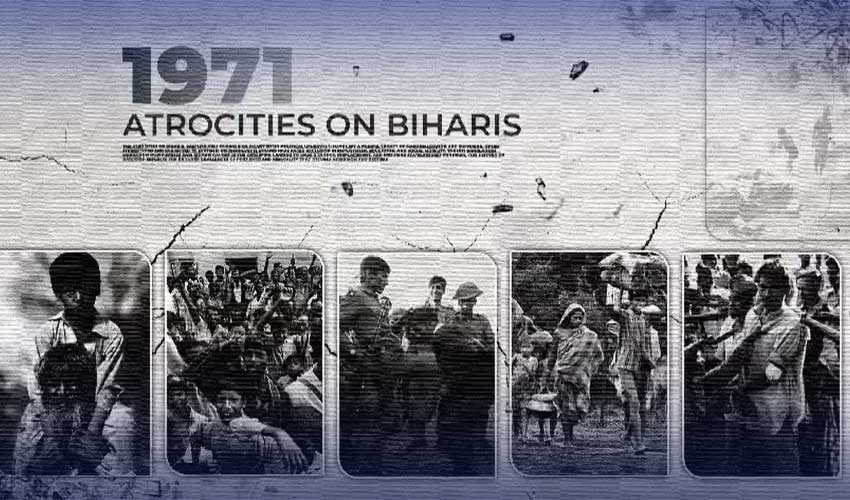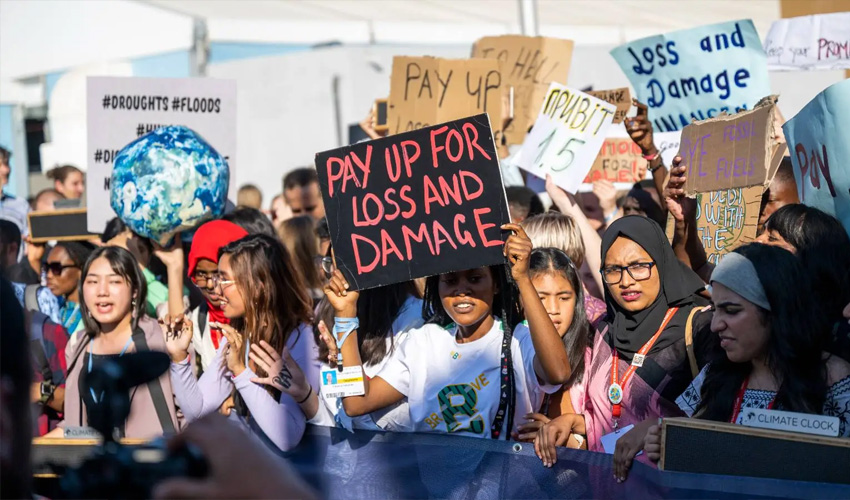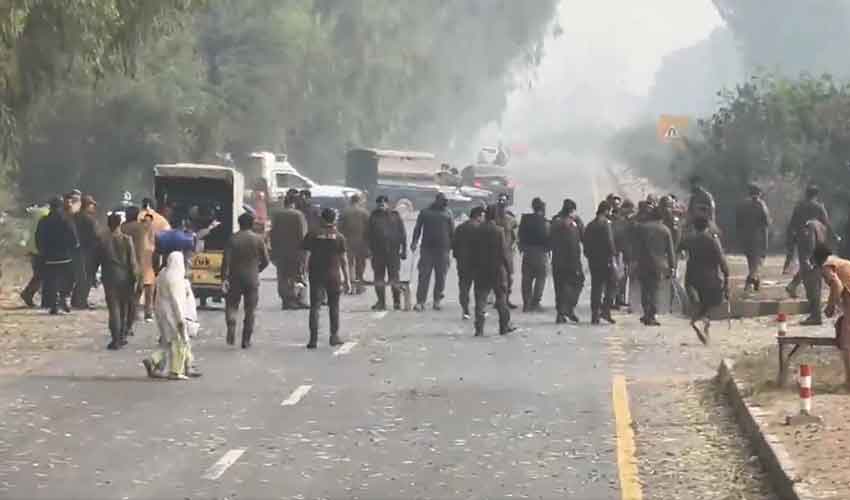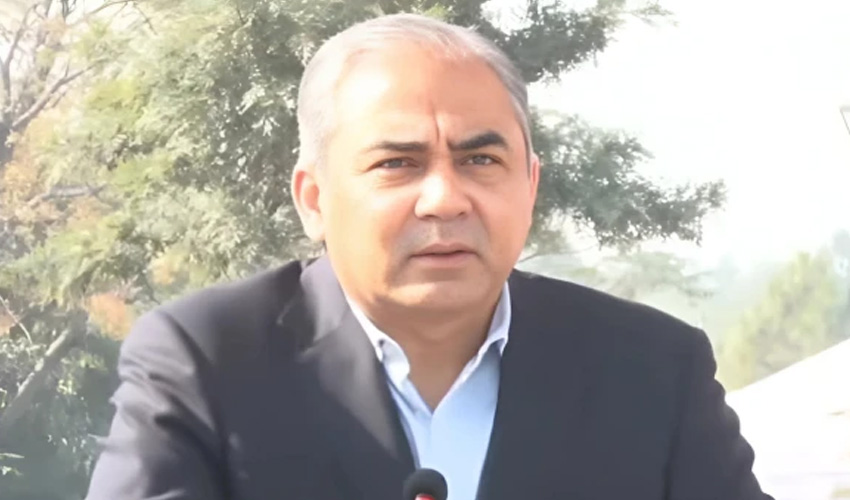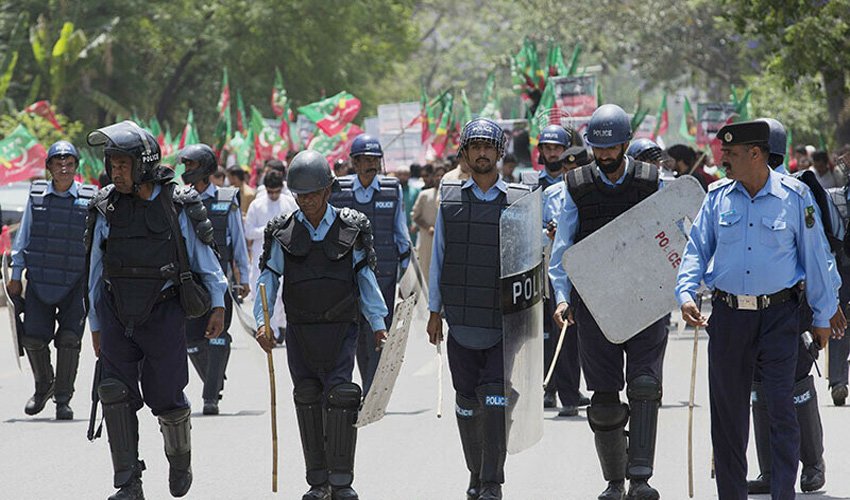On the 4th of February, a wave of protests engulfed Ladakh, with demonstrators expressing their discontent towards the Modi government's failure to reinstate the Union Territory's statehood.
The people of Ladakh voiced their grievances, highlighting their dissatisfaction with the unfulfilled promises made by the BJP government in 2019, specifically regarding the restoration of Ladakh's statehood and constitutional safeguards under the sixth schedule.
Post the Modi government's assumption of power, the residents of Ladakh found themselves deprived of fundamental rights, triggering substantial protests in the region.
Enduring the harsh winter conditions, Ladakh's inhabitants actively participated in a noteworthy march, underscoring their demand for the reinstatement of Ladakh's statehood and the inclusion of Ladakh and Kargil in parliamentary representation.
Read more: Modi govt's forced demolitions in Kashmir spark severe human rights concerns
In the aftermath of the abrogation of Article 370, Ladakh not only lost its statehood but also faced a void in constitutional protections, rendering its people vulnerable.
Ladakh, primarily a contested region, has been a site of recurrent tensions between China and India.
Motivated by aspirations for greater authority, the Modi government had previously pledged to confer autonomous state status upon Ladakh.
The Times of India criticized the BJP government for its perceived neglect and taciturn stance on the issues afflicting Ladakh.
In a display of collective dissent, thousands of Ladakhis took to the streets, chanting anti-BJP slogans and brandishing placards to assert their rights.
The protesters voiced concerns about the BJP government's perceived apathy and silence in addressing the challenges faced by the people of Ladakh.





